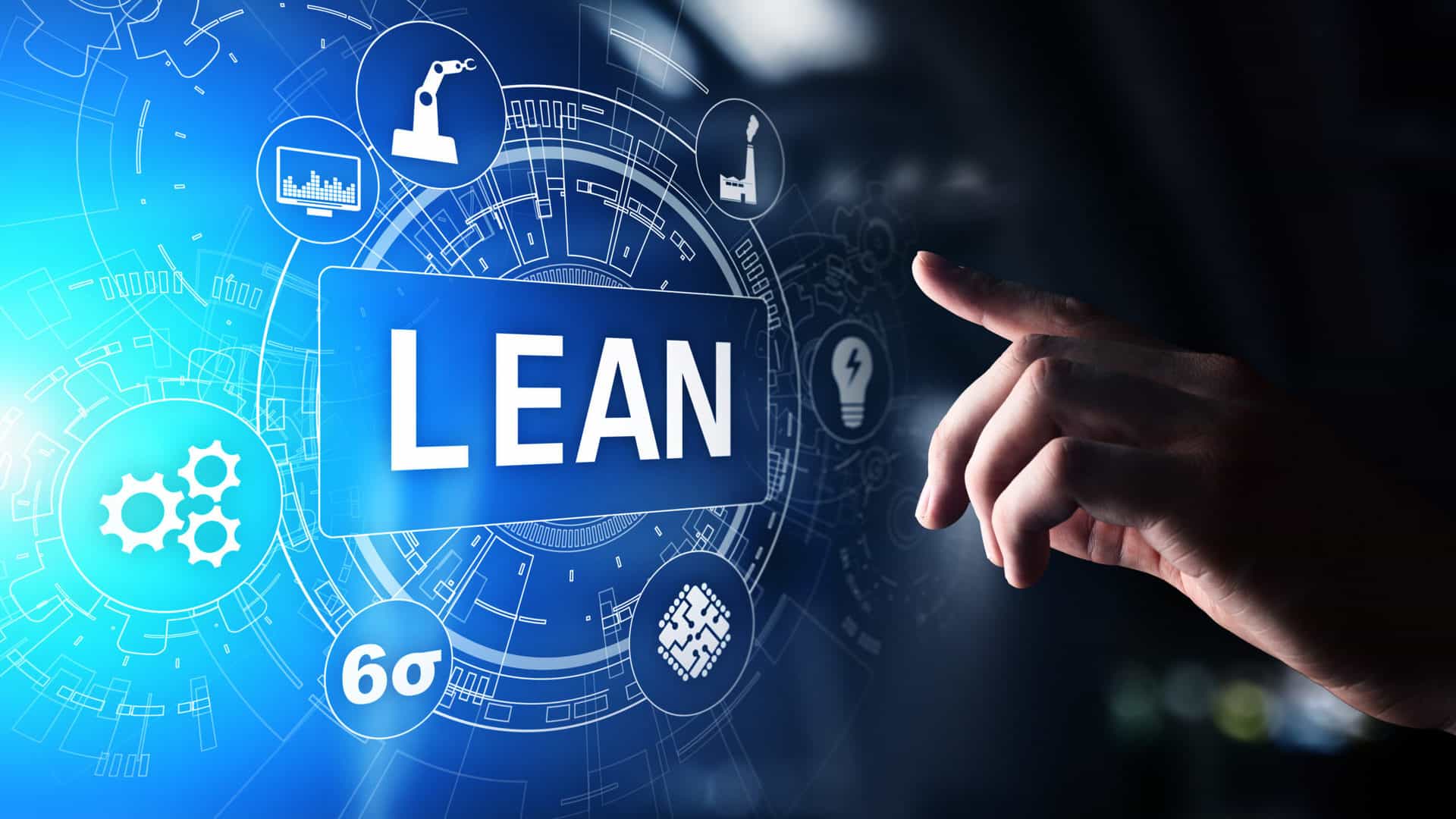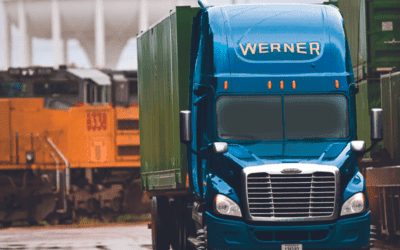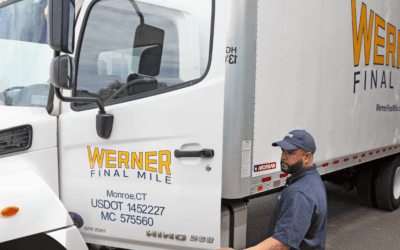Imagine a mindset that allows your team to be more productive and focus on what really matters to your customers. Lean is a way of thinking that applies the concept of incremental improvement at every level of an organization. The results provide a better experience for customers by focusing on the activities that add value and minimizing activities that waste time and resources.
Lean is most often talked about in the context of manufacturing. Most of the articles or books you find are centered around this topic. However, lean thinking can be applied to any industry, including transportation and logistics. The principles of lean can help transportation management by cutting out waste and focusing on providing maximum value to customers.
- Greater Productivity by Focusing on What Matters
Supply chain professionals are always seeking to do more with less. This is where lean thinking becomes invaluable. Ask yourself, “what is the customer willing to pay for?” In logistics, customers are paying to get freight from point A to B, in-full and on-time. Value-added activities could include setting appointments, assigning carriers or drivers and tracking loads. The customer is not paying for unnecessary processing, rework and fixing defects. There are lean techniques to identify, measure and eliminate these activities.
Take some time to think about what your team or organization does. How is your business adding value for the customer? Write it down and create a basic value-stream map. You don’t have to be an expert on all the symbols and techniques. Just quickly diagram out what your organization or team does and focus on work that is enhancing the customer’s needs.
- Elimination of Waste
Now that you have identified value-added activities, work to reduce or eliminate the tasks that are not adding value. Ask your team what is keeping them from doing value-added work. Get as close to the source of the work as possible, and you will get ideas. Interruptions, system errors or rework are typical examples. Start small, pick one problem and ask the employee or team to start measuring how many times this activity happens in a day. It could be as simple as making tick marks on a piece of paper every time the event occurs.
Meet with the person or team in a short stand-up meeting each day. How many times did this problem occur, and why? What can be done to reduce or eliminate the problem? Think beyond the surface, what is the root cause? Implement a countermeasure to fix the problem and continue to track to see if the fix worked. Repeat this cycle until you have eliminated the problem or reduced it to a manageable level. Then, go to the next problem on your list. If you are eliminating non-value-added activity, more time can be spent doing value-added work.
- Improve Product Quality and Customer Satisfaction
Continued product quality and satisfaction are vital to a successful logistics organization. Increased customer satisfaction can be seen in customer surveys or even customer retention. In our industry, we often look to measurements like on-time service, tracking updates and reduced transportation costs. Lean techniques (like standard work) are ways that firms can continuously improve their operations through a systematic methodology. Improving processes, techniques and quality a little bit each day has a cumulative effect over time. This continued focus on quality will manifest itself with increasing customer satisfaction.
- Leverage Proven Techniques
Lean has a long history of improvement techniques professionals can leverage. These are proven practices used by lean thinking organizations around the world. They are designed to give companies a systematic way to improve various areas of quality. Enhance your processes and eliminate waste using these common techniques in the lean “toolkit”:
- Problem Solving
- 5S (sort, set, shine, standardize, sustain)
- Standard Work
- Visual Management
- Process Mapping
Start now! Use these techniques to start making incremental improvements. Over time, these will have a cumulative effect. What could your organization look like five years from now if every employee was systematically eliminating waste each day?



